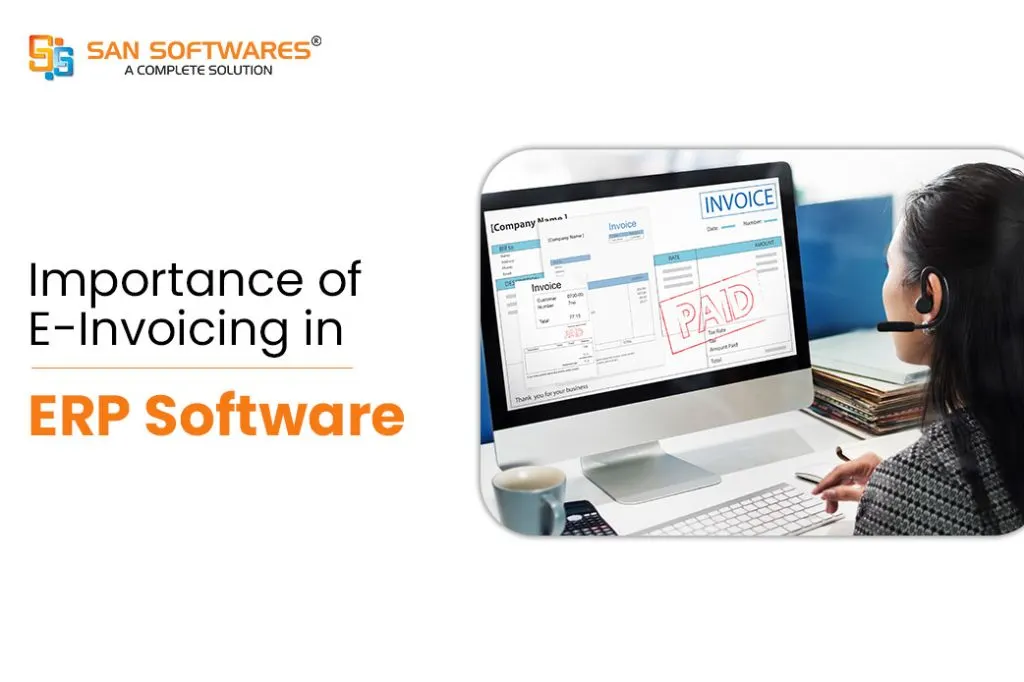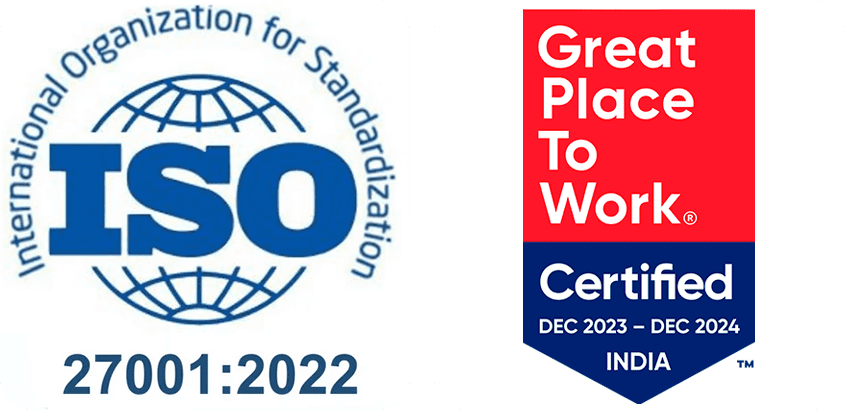
The transportation of products from one place to another can be done by the filing of ‘e-Way Bills’ on the GST portal. Similarly, the GST council has decided to implement a system of e-Invoicing, which will apply to businesses that have a yearly turnover of more than 20 crores.
Though, e-invoicing doesn’t imply the generation of invoices on the GST portal.
Before we proceed further let’s find out what is E-invoicing.
Electric Invoicing (e-invoicing) is a robust system created by (the GST network) GSTN; it helps GSTN authenticate the invoices for further use on the common GST portal. This electronic invoicing system assigns a unique identification number against every invoice, and this thing gets done by the Invoice Registration Portal (IRP), managed by the GST Network (GSTN).
Also, all the invoice details get automatically transferred to both the portals, the GST portal, and an e-way bill portal in real-time. And it has eliminated the manual process of filing GSTR-1 returns and generation of part-A of the e-way bills.
What is the process of getting an e-invoice?
Below we have mentioned the process of generating or raising an e-invoice.
The taxpayer has to make sure that they are using the configured ERP system that can generate e-invoices like VedaERP. The taxpayer can contact the ERP software service provider and ask them whether the software supports e-invoicing or not. If not, then ask them to incorporate the standard set for e-invoicing, i.e., e-invoice schema (standards).
There are two options for IRN generation for any taxpayer:
After that, the taxpayer must have to generate invoices on a regular basis from that software. They must provide all the mandatory details such as billing name and address, GSTN of the supplier, transaction value, item rate, GST rate applicable, tax amount, etc.
Once you have selected the option, you can now raise the invoice on the respective ERP software or billing software. Then you have to upload the details of the invoice, especially mandatory fields, onto the IRP using the JSON file, or use the direct API method or via an application service provider. This IRN works as the central registrar for e-invoicing and its authentication. You can use the other modes to interact with IRP as well, such as SMS-based and mobile app-based.
The IRN can validate all the vital details of B2B invoices. Also, it checks for any duplications or errors and then generates an invoice reference number for reference. An IRN is generated based on four parameters: Seller GSTIN, invoice number, FY in YYYY-YY, and document type (INV/DN/CN).
The invoice reference number (IRN) gets generated by IRP and it also digitally signs and creates a QR code in Output JSON for the supplier. On the other side, the seller of the supply gets notified of the e-invoice generation through email.
Then, IRP sends the verified payload to the GST portal for return filing. Also, if there is inter-state transportation of goods, details get forward to the e-way bill portal as well. GSTR-1 gets automatically filled.
There are some appealing benefits of e-invoicing, mentioned below:
VedaERP is an affordable ERP software developed by SAN Softwares, it helps businesses run their day-to-day operations seamlessly. Along with e-invoicing, this software has to offer plenty of other features. Below we have added all the important features that an ERP software must have.
SAN Softwares is a company dedicated to providing complete software solutions to Corporate and end-user customers.

SAN Softwares is a company dedicated to providing complete software solutions to Corporate and end-user customers.
